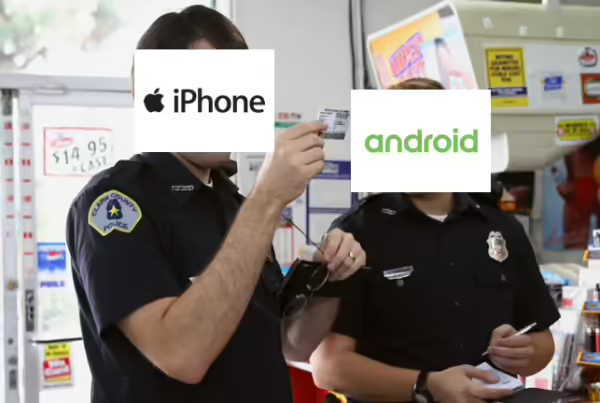Part of the experiment included branded content during the following shows:
1) The Simpsons
2) Bob’s Burgers
3) Family Guy
4) Rel
Quote from Suzanne Sullivan — EVP, Ad Sales @ Fox Networks Group:
“We believe in the unmatched power and impact of broadcast television, but we also recognize the need to evolve to meet the expectations of today’s viewers,”
Why does this matter? Many believe that less ad clutter will lead to better viewer engagement, higher ratings and improved ROI for advertising.
Attention index by ad length according to iSpot.tv:
1) 10s — 91.0
2) 30s — 90.0
3) 60s — 88.0
Flashback #1: New research: the six-second ad experience

The big question: Are advertisers willing to pay the higher CPMs that lower ad loads require?
Flashback #2: Fox Wants to Reduce Ad Time to Two Minutes per Hour by 2020
Current/Proposed ad time per hour (% change):
1) 2018–13m
2) 2020–2m (↓ 85%)
How could Fox potentially make up the lost revenue from fewer minutes of ads?
1) Increase the cost of each remaining ad
2) Run shorter ads (6s, etc.)
How would the math for #1 work?
1) 2017 Primetime — $43/CPM
2) 2020 Primetime — $280/CPM
Flashback #3: TV needs fewer commercials, but the math is going to be hard
Simple math from NBCUniversal and Saturday Night Live (SNL):
1) Prior to reduced ad load SNL charges $20/CPM
2) SNL reduces ad load by 30%
3) If the new CPM $ for the remaining ads is $26 or higher, then they generate more revenue while running fewer ads.
Other options: Better targeting (addressable, optimized linear, etc.) will bring higher CPMs (4X+) which will allow for a lower ad load while growing total revenue. This is a rare win for both the advertiser and network.



